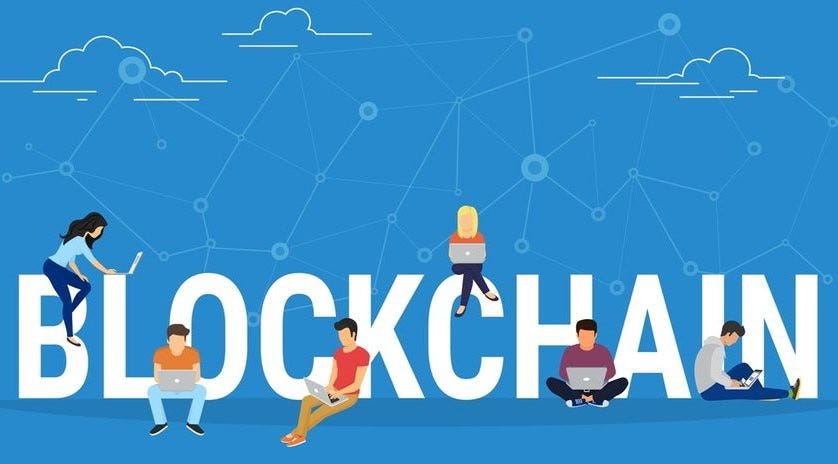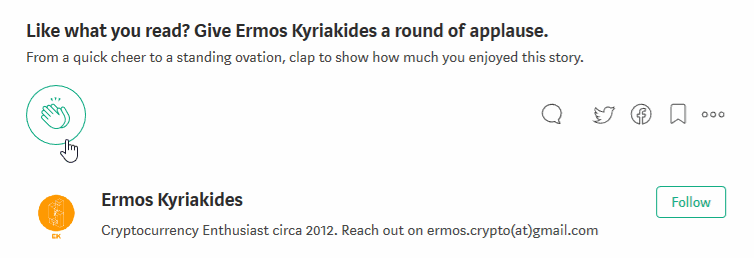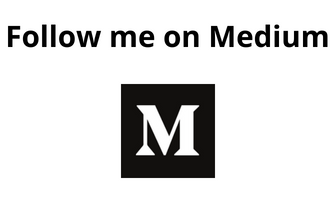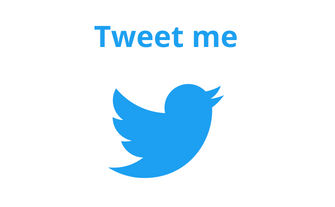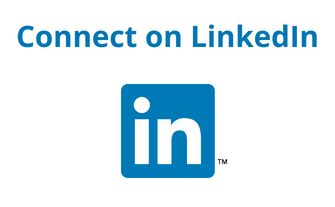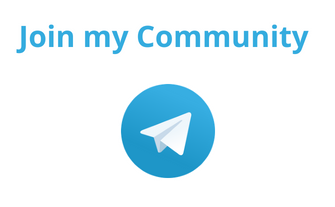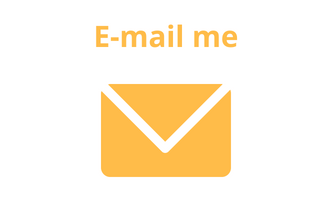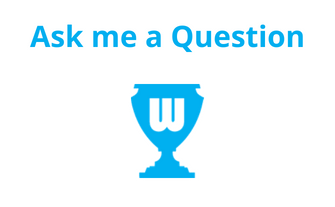Latest news about Bitcoin and all cryptocurrencies. Your daily crypto news habit.
It’s been 10 years since Satoshi Nakamoto published his/her/their paper called “Bitcoin: A Peer-to-Peer Electronic Cash System” where blockchain took main stage. Fast-forward to today, blockchain is the hot topic in technology. Companies all around the world are dabbling in this revolutionary ‘new’ technology and in this post I will discuss how education can be revolutionized with the blockchain.
There are numerous definitions online, so I’ll keep it short and sweet for the benefit of those who are coming across their first blockchain-related post.
A blockchain is a decentralized and distributed ledger which records transactions between two users of the same network in a transparent, secure, immutable and verifiable manner. It works as follows:
- It is a list of ‘blocks’ linked together using cryptography. A block contains the cryptographic hash of the previous block, as well, a timestamp and the transaction data.
- After a block is ‘completed’, it gets permanently added to the blockchain (in chronological order) and a new one is created. Blocks can’t be modified or removed once added to the blockchain.
- Every network participant (node) holds the exact same copy of the blockchain.
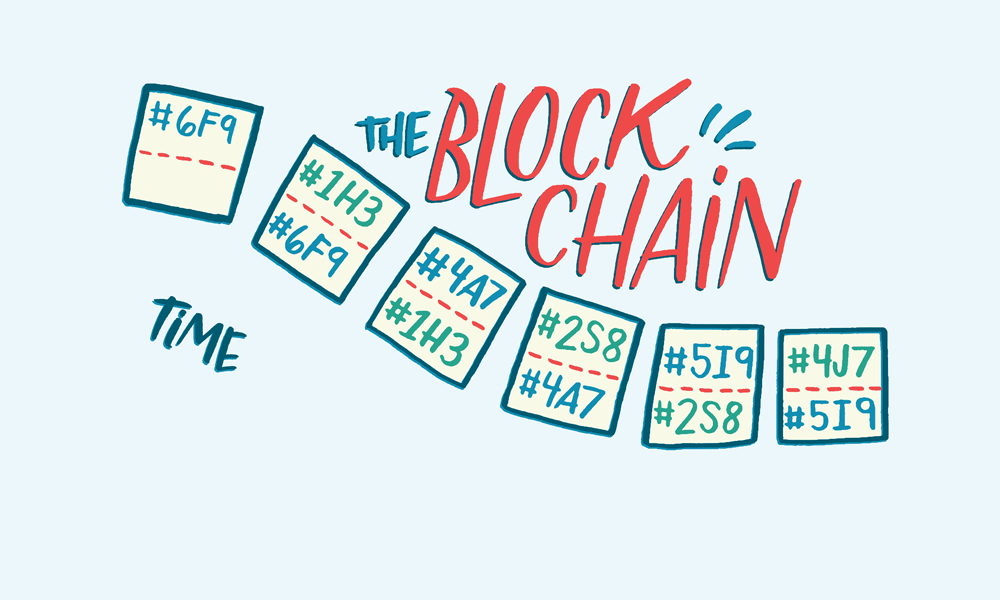 GIF courtesy of realdolmenWhat is Decentralization?
GIF courtesy of realdolmenWhat is Decentralization?
I mentioned above that the blockchain is decentralized, but what does that mean?
A decentralized system is one in which no single person, institution, or machine is telling others what to do. Ethereum’s Co-Founder, Vitalik Buterin, categorized decentralization into 3 types (you can read more here), with the blockchain offering 2 out of 3:
- Political decentralization — as there is no central party that controls it. An example of a politically decentralized system is one in which there is no central authority taking decisions about the network but relies on its ‘stakeholders’ to do so.
- Architectural decentralization —as there is no single infrastructural central point of failure. An example of an architectural decentralized system is one in which, if parts of the network were to go offline, the remaining network would function as normal, with minimal impact.
3 Ways Blockchain Can Revolutionize Education
Now that we’ve got the basics of the blockchain and decentralization out of the way, there are certain characteristics of the blockchain which can revolutionize education. These include:
1 — Proof of OwnershipProof of ownership and proof of intellectual property is extremely easy to achieve using the blockchain, due to its immutable and transparent nature. Unfortunately, the centralized systems that exist today are vulnerable to weak provenance (“the place of origin or earliest known history of something”) and tampering. The blockchain offers exceptional provenance thus bringing protection to the content creator.
What does this mean for education?
- Students will have the ability to easily prove that they were the original content creators.
- Monetary reimbursement will be correctly attributed to the original creators.
- Students will be able to own a transparent work portfolio which can be accessed by relevant parties with ease and confidence.
- It will educate students of the importance of retaining control over their intellectual property, whilst also teaching autonomy and self-assuredness, in preparation for entering the working world.
- Certificates could be stored on the blockchain. For example, institutions could have the ability to issue certificates on the blockchain, which students receive (on the blockchain) once acquired. This will make certification fraud impossible, whilst students will be able to prove acquisition of certificates transparently and verifiably.
2 — Decentralized Information SharingThe blockchain can bring down walls and barriers through decentralization. This promotes a new, revolutionary way of sharing information, which was not available until the advent of the decentralized blockchain.
What does this mean for education?
- Global information sharing becomes much easier. Whereas in the past, global knowledge sharing was hard to achieve, with the blockchain, this is no longer an issue. Knowledge can now easily flow across the globe with no central parties being involved which can restrict access.
- It helps future generations achieve a higher level of education as knowledge is now broader, more accessible and cheaper to obtain.
- As a whole, our society will reap the benefits across all sectors & disciplines, as an after-affect from the evolution of knowledge.
3 — Tokenized EconomyOne of the biggest applications of blockchain today are cryptocurrencies. Cryptocurrencies “are digital assets designed to work as a medium of exchange to secure financial transactions”. Therefore, whole economies can now be tokenized using cryptocurrencies, including the student economy.
What does this mean for education?
- Education platforms, acting as middle-men, often take a significant cut in the form of fees. With a tokenized economy, middle-men will no longer be required. Students will therefore earn more for sharing their knowledge. This could potentially help alleviate the looming crisis of student debt in the future.
- These platforms very often have geographical entry barriers. This will no longer be an issue and will unshackle students in developing countries to earn more than what they would previously.
- The currency conversion fees that often banks impose, which can be a burden, especially for students, would be eliminated.
- A tokenized economy could ‘gamify’ education and motivate students further, by implementing ‘learning is earning’. As students complete certain tasks, cryptocurrency can be rewarded. This can be then exchanged for other educational material and/or even be exchanged for FIAT currencies.
A Case Study: Spitball 2.0
A project which has caught my attention tackling this space is Spitball. Spitball is an Educational Technology (EdTech) company with an existing user-base of over 500,000 students, a massive content database, a team with great operational experience and a lot of education partnerships already under their belt. They are now looking to launch a decentralized student economy (called Spitball 2.0) aiming to tackle education.
Spitball is a marketplace in which students reap the rewards of a shared ecosystem of knowledge and services while also themselves earning money for their provided knowledge, content and services. The marketplace enables students to receive homework help, buy and sell course notes, find work, buy and sell books and much more, disrupting a market dominated by middlemen taking huge margins.Using blockchain technology, Spitball 2.0 is establishing the first of its kind global decentralized Student Economy that connects and incentivizes students from all over the world. It allows them to directly exchange knowledge, goods, and services using a native SBL token — creating proof of ownership on the platform and making tokenized cross-border transactions cheap, fast, and secure.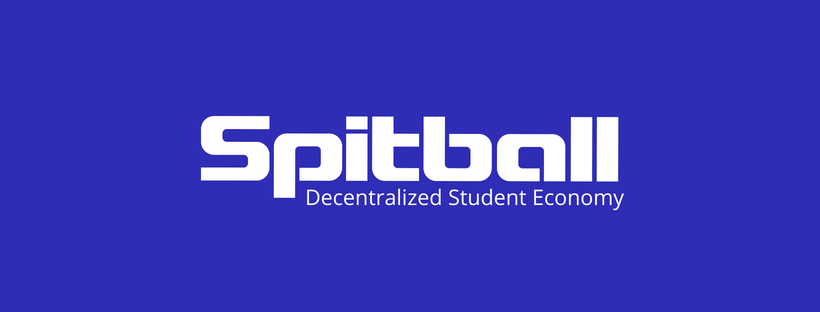
As a matter of fact, Spitball has already launched a beta version of the marketplace on its existing platform with a blockchain-powered application running on top of it.
You can find more information about Spitball by visiting their website, here, and reading their whitepaper, here.
If you would like to know more about Spitball, please drop me a comment on my various social media, or leave a comment below!
How many claps does this post deserve? How about a follow?
If you enjoyed this post, please feel free to 👏 clap 👏 many times (you know you want to!), give my blog a 👣 follow 👣 and 🤲 share 🤲 with your friends. There’s a limit of 👏 50 claps 👏 you can give to each post, so I urge you not to try and exceed that limit… you might break Medium!
Speaking of which…
If I still have your attention, please leave a comment and let me know what else you would like to see me writing about. You can find links to my social media and sign up to my newsletter below.
You can also show your support by donating to the following address:ETH: 0x4c7195E074cf0Ab6F77Bdb7C97Fd2567066Bb712
Disclaimer: All information and data on this blog post is for informational purposes only. My opinions are my own. I do not provide personal investment advice and I am not a qualified licensed investment advisor. I make no representations as to the accuracy, completeness, suitability, or validity, of any information. I will not be liable for any errors, omissions, or any losses, or damages arising from its display or use. All information is provided as is with no warranties and confers no rights.
3 Ways Blockchain Can Revolutionize Education was originally published in Hacker Noon on Medium, where people are continuing the conversation by highlighting and responding to this story.
Disclaimer
The views and opinions expressed in this article are solely those of the authors and do not reflect the views of Bitcoin Insider. Every investment and trading move involves risk - this is especially true for cryptocurrencies given their volatility. We strongly advise our readers to conduct their own research when making a decision.
